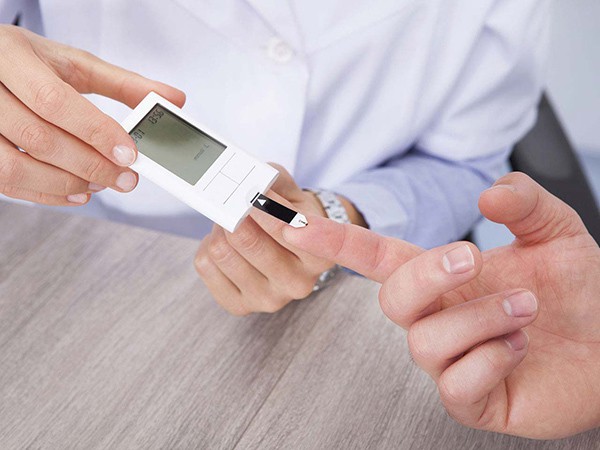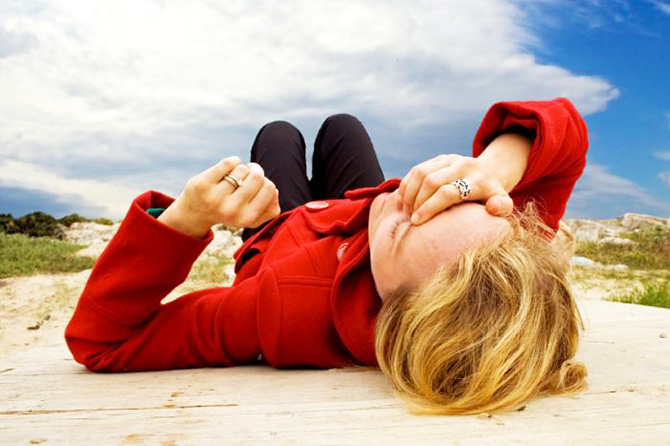Vasovagal syncope, also called vasocagal episode, vasovagal response, and neurocardiogenic syncope, refers to fainting in relation to the vagus nerce. As the most common type of fainting, it is common in adolescents and in older adults. While various syndromes are associated with the condition, they are interrelated to loss of consciousness. The following are the causes, signs and symptoms, and home remedies for vasovagal syncope.
Causes
Vasovagal syncope is caused by different factors. As per Inner Body, these include prolonged standing, sight of blood, having blood drawn, intense emotions (shock, anger, anxiety, pain), sudden changes in body position (standing abruptly after sitting for a long time), and straining, such as when lifting something heavy or straining during a bowel movement.
Signs and Symptoms
Vasovagal syncope presents various symptoms. According to Mayo Clinic, the person may experience pale skin, lightheadedness, tunnel vision, nausea, feeling warm, a cold and clammy sweat, yawning, and blurred vision. If bystanders are present, they may see jerky, abnormal movements and dilated pupils, along with a slow and weak pulse. As per the publication, it usually takes less than a minute to recover following a vasovagal episode. It is added that standing up too soon after syncope within about 15 to 30 minutes may increase a person’s risk of fainting again. Since syncope may be indicative of a more serious medical condition, such as a heart or brain disorder, it is recommended to seek medical consult.
Home Remedies
While medications like dlurocortisone and electrical pacemaker insertion stand as treatment for vasovagal syncope, treatment is usually unnecessary, as per Mayo Clinic; the doctor helps the person identify the fainting triggers to discuss viable ways to prevent them in the future. The following are some remedies for vasovagal syncope.
Physical Movements
Certain physical movements help counter the effects of vasovagal syncope. According to Belmarra Health, these include squatting, standing with one leg on a chair, bending forward from the waist (leaning on a shopping cart), leaning forward with hand on knees when sitting, elevating the head of the bed slightly, and flexing the leg muscles and shifting one’s weight when standing still. As per the publication, these will help raise the blood pressure, preventing syncope or fainting.
Hydration
One contributing factor to vasovagal syncope and syncope in general is dehydration. As per Very Well, dehydration usually occurs following a strenuous exercise, any sort of illness, and an overnight fast early in the morning. Thus, it is best to rehydrate oneself by drinking lots of fluids like water or fruit juice. Vasovagal syncope involves the reduction in blood pressure, so consuming fluids increase blood volume; thus, an increase in the blood pressure is possible.
Honey and Herbs
Another remedy for syncope or fainting is honey, along with some herbs. According to Leaf TV, the person mixes one cup of mineral water, two tablespoons of honey, and two tablespoons of apple cider vinegar. When a person suddenly faints, one can put some drops of peppermint oil on a handkerchief and covers the nose with it. Conversely, one may use half onion and put it under the nose. When the person regains consciousness, ginger or licorice can be made into a tea to promote blood circulation. Other herbs that can be used include basil, lavender, mint, rosemary, and vanilla. It is also advised not to force a person who has fainted to stand up; instead, the person should lie down until he is ready to get up on his own.
Vasovagal syncope is mediated by the vagus nerve and it usually leads to loss of consciousness. Thus, it is best to seek medical consult from a doctor, specifically a neurologist, for proper assessment, diagnosis, planning, intervention.
Source: medicalnewstoday.com








